One of our most important vital signs, respiratory rate, is often overlooked. Monitoring respiratory rate can indicate various medical conditions such as asthma, pneumonia, cardiac arrest, and even cancer. It can also impact emotional and mental states, physical conditions, and performance in sports and exercise. Compared to other vital signs, respiratory rate is more sensitive in diagnosing these conditions. Despite the availability of abundant technology, tools, and sensors to monitor it, respiratory rate is not routinely measured, even though it has critical implications for improving healthcare, work settings, sports, and exercise.
The respiratory rate is the total number of breaths you take in a minute. Like other vital signs, it should be monitored regularly. Breathing rate can vary based on age, weight, exercise tolerance, and general health. The average adult’s normal breathing rate ranges from 12 to 18 breaths per minute. However, various factors can impair respiratory function, leading to a pattern of quick, shallow breathing.
You can measure your breathing rate by counting the number of breaths you take over the course of one minute while at rest. Different approaches to measuring respiratory rate exist, depending on your environmental settings.
Here is a list of five ways you can measure your respiratory rate, as demonstrated in a YouTube video uploaded by the Health Education England – HEE channel. Watch and learn how to measure your respiratory rate for better health.



